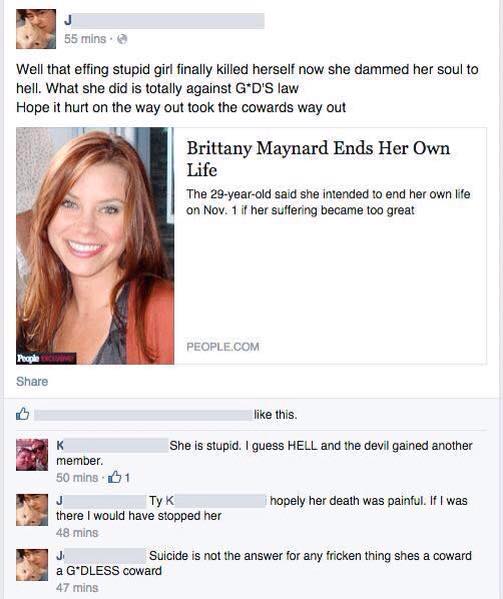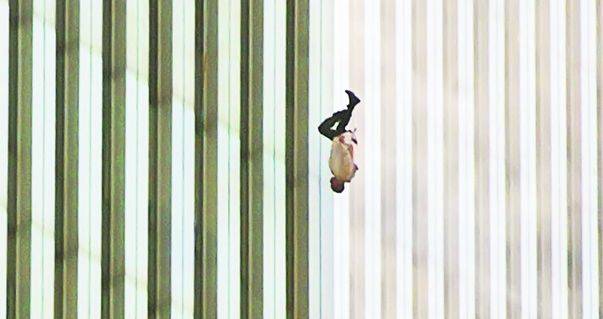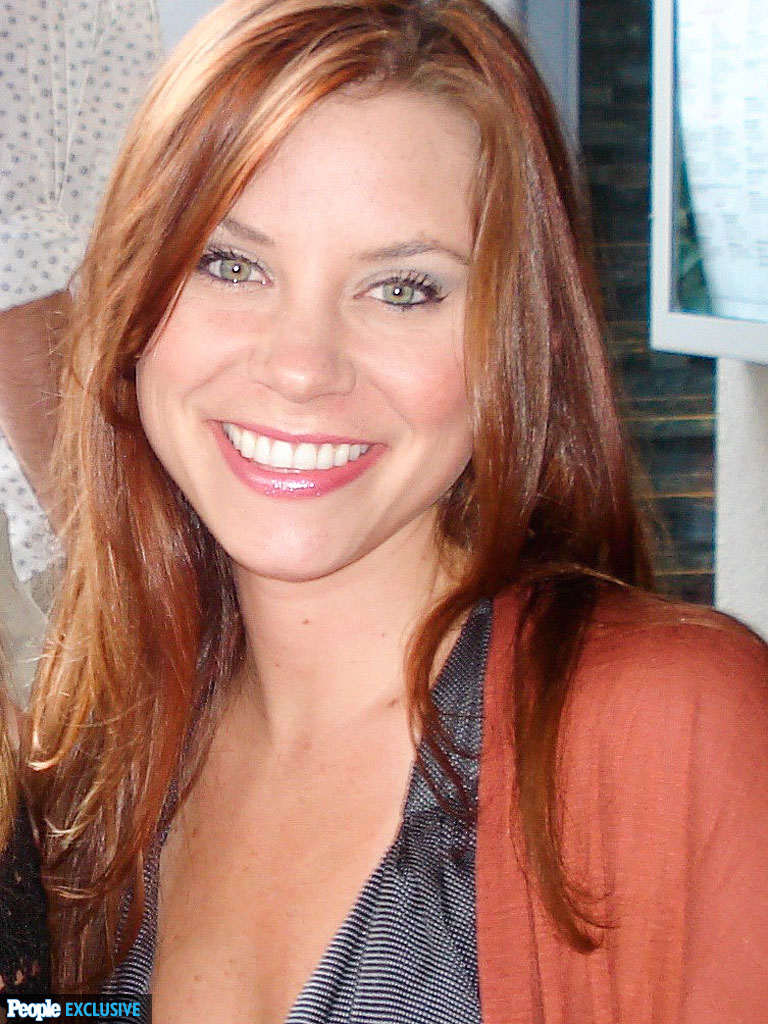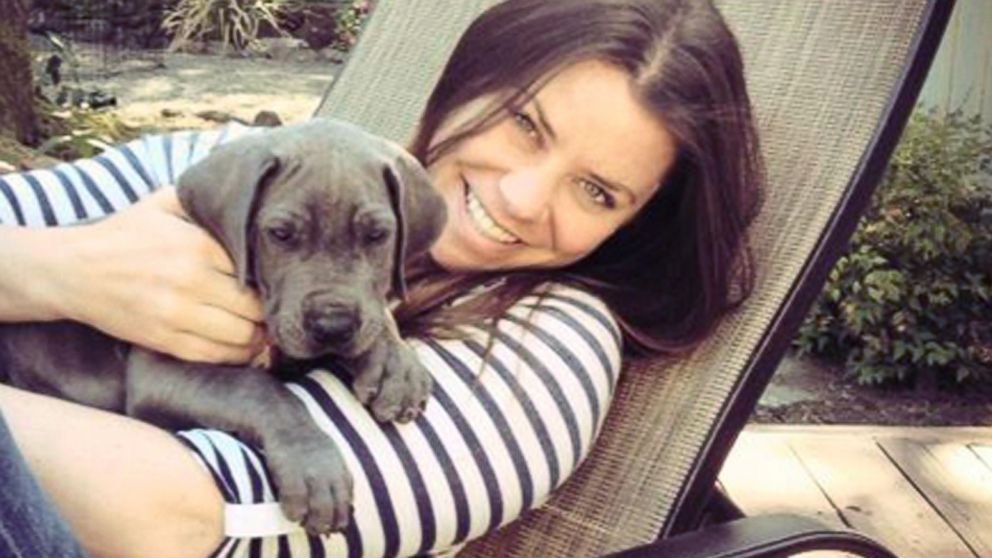Euthanasia
Let’s Talk about Brittany Maynard
Despite all the negativity and divisiveness I’ve witnessed on social media concerning Brittany Maynard’s decision, I can’t help but think that she’s performed a modern day miracle: She’s enabled a large scale death conversation. She’s enabled us to think about end-of-life decisions. And hopefully, she’s inspired us to think about our own mortality.
Like with anything powerful, there’s always the danger of it being abused. And this conversation – the conversation about Brittany’s choice – is incredibly powerful. The abuse of the conversation looks like this: judgment towards Brittany Maynard. Let’s be clear. Brittany Maynard is dead. No amount of judgment will bring her back or reverse her decision.
You can disagree with her decision. That’s fine. In fact, that’s the point. The point is NOT for you sit by and ignore the Brittany Maynard conversation with formulaic clichés; the point is for you to deal with these thoughts internally … to let them settle into your being and find a home. The point is for you to think about how you want to die and what you would do if you found out that you were terminal. You’ll kill this very valuable conversation by getting stuck in judgment instead of asking yourself some very important questions.
Her death, whether you agree with it or not, has provided you with an opportunity to grab ahold of the end-of-life conversation, and help create a future for yourself where you know what YOU want.
Do you want palliative care?
Hospice care is a fantastic way of bringing terminally ill patients home while simultaneously relieving their physical and emotional pain through various forms of care. Is that something you want?
Do you want “death with dignity” laws in your state?
As of today, only Oregon, Washington and Vermont have “death with dignity” laws. If this is something you’re pro or against, it’s time to start voicing your opinion; and make sure you have legitimate reasons behind your opinion.
Have you thought about a living will?
Do you want to die with tubes hooked into your body, being sustained indefinitely by machines while your unconscious body lives on in a semi vegetative state? I don’t. And I’ve made it clear that I don’t. If you want the cyborg death and you don’t want anyone “pulling the plugs”, that’s fine … but either way you should probably make it official by creating a LIVING WILL.
At what point will you say, “I’m done with the medical ‘miracles’ and I’m ready to die”?
Perhaps one day you’ll be under dialysis, or have cancer that “might” be able to be fought through an undetermined amount of chemotherapy. How much are willing to tolerate? At what point are you ready to say, “enough is enough”?
If we look to answer these questions and refrain from judging Brittany’s very personal decision, value will come from Brittany’s death … and not more divisiveness. Because, according to Gallop, this issue IS the most divisive issue in America. It’s more divisive than abortion. It’s more divisive than LGBTQ rights.
And this is the reason it’s so divisive: we’ve given such little thought to end-of-life decisions that when we talk about “death with dignity” our reactions are almost entirely emotional. We react entirely out of anger, or compassion and we have little to say in the vein of reason. We talk about “slippery slope” or we use the “God argument” or we harken back to how we put down our dog when the dog couldn’t walk anymore (which really isn’t helpful to compare people to animals).
As I — and many others — have said, most Americans obsessively attempt to deny their own mortality. Elisabeth Kübler-Ross writes in “Death: The Final Stage”:
Dying is an integral part of life, as natural and predictable as being born. But whereas birth is cause for celebration, death has become a dreaded and unspeakable issue to be avoided by every means possible in our modern society. … It is difficult to accept death in this society because it is unfamiliar. In spite of the fact that it happens all the time, we never see it. When a person dies in a hospital, he is quickly whisked away; a magical disappearing act does away with the evidence before it could upset anyone. … But if we can learn to view death from a different perspective, to reintroduce it into our lives so that it comes not as a dreaded stranger but as an expected companion to our life, then we can also learn to live our lives with meaning— with full appreciation of our finiteness, of the limits on our time here.
Where does the end-of-life conversation go from here … after Brittany Maynard? I don’t know. Nobody knows. Because the conversation is partially up to you and me. Do we let the conversation die in judgment and emotions? Or do we take the stage that Brittany’s death created and talk about something we rarely talk about? Can we learn to make death the “expected companion”? I hope we take the stage. I hope we share. I hope we embrace mortality and the life that comes with it.
Before You Talk about Brittany Maynard’s Decision …
Sometime today (Sunday, November 2nd, 2014), Brittany Maynard took her own life under Oregon’s “Death with Dignity Act”. In the final paragraph of her obituary, she wrote, “It is people who pause to appreciate life and give thanks who are happiest. If we change our thoughts, we change our world! Love and peace to you all.”
While her act of “death with dignity” may or may not change the world, it will most certainly continue the social media discussion about euthanasia. Some of the discussion will be helpful and some won’t be.
Before any helpful discussion about Brittany Maynard takes place there needs to be some distinctions about forms and types of euthanasia. Often times, the difficulty in discussing euthanasia is when people confuse the different definitions.
Euthanasia Definitions
ONE: Active euthanasia: killing a patient by active means (Ex. injecting a patient with a lethal dose of a drug).
TWO: Passive euthanasia: intentionally letting a patient die by withholding artificial life support such as a ventilator or feeding tube.
And, there’s various forms of active and passive euthanasia:
ONE: Voluntary euthanasia: with the consent of the patient.
TWO: Involuntary euthanasia: without the consent of the patient, for example, if the patient is unconscious and his or her wishes are unknown.
THREE: Self-administered euthanasia: the patient administers the means of death. This is what is commonly called “suicide”.
FOUR: Assisted: the patient administers the means of death but with the assistance of another person, such as a physician.
The Slippery Slope Argument
What many people fear when discussing “physician assisted suicide” is the slippery slope … that once we allow assisted suicide, like Brittany Maynard’s, that we’ll begin to allow various forms of involuntary, active euthanasia (which is basically murder). Many – who fear authority in general – assume that once we legally give medical doctors the ability to determine life and death, that various ulterior agendas will be put into place.
That under the guise of “physician assisted suicide” we’ll systematically euthanize the supposed “unwanted” of society: “cripples”, the aged, the mentally ill and the marginalized.
To be clear, though, this isn’t Nazi Germany.
As it stands now, the idea of “physician assisted suicide” in Oregon’s “Death with Dignity Act” is both active and voluntary ONLY for those who are deemed terminally ill by the medical community.
The idea with Oregon’s “Death with Dignity Act” isn’t to create pain, it’s to end pain. This is an important distinction in the discussion. For Brittany Maynard, it’s her desire for quality of life over quantity that is inspiring her to make this act. The Los Angeles Times recently wrote this: “Right-to-death laws do not impose death on the very sick. Rather, they allow people who face imminent death to do so peacefully and without agony.” This “right-to-death” laws are ONLY applicable to those who voluntarily choose them.
The God Argument
Another element – and a VERY strong element – to this discussion is the religious element. Many firmly believe that God and ONLY God should choose when a person dies.
As one who holds a graduate degree in theology, I can understand the passion that resides in the hearts of believers. But — while the God element is the center of the believer’s life — we need to understand that – on a national and state level — this discussion is not being held in a church forum, it’s being held in a public sphere. And so the “let God decide when we die” arguments wouldn’t work outside the walls of our houses of worship.
Furthermore, the conversation is simply too complex for the “let God decide when we die” answer. With modern technology, the situation is often the case that humans do indeed decide. Whether it be passive euthanasia, like taking off life support and forms of palliative care (i.e. hospice), we often have to make the decision whether or not to continue to pursue medical support.
In fact, now more than any other time in human history, humans are presented with this choice: Do we want quality of life or quantity of life? Do we want to extend life through artificial means, or do we forego medical aid and die on our own terms? We are being asked to make decisions that were previously “left up to God.” We are, as we grow and expand our knowledge of the human body, determining more and more our fate. And as medicine has created “miracles” after “miracles” there has to be a point when we say, “I’m tired of the miracles. I’m ready to die.”
Entering the Discussion
The most recent Gallop poll found that 7 out of 10 Americans support the “dying on our own terms” form of euthanasia. Gallop writes, “Most Americans continue to support euthanasia when asked whether they believe physicians should be able to legally “end [a] patient’s life by some painless means.” Strong majorities have supported this for more than 20 years.
As advancements in medical technology continue and as support grows for “Death with Dignity” laws, this is a discussion that you’ll probably have around the water cooler at work, at home with your family and friends and online of your social media forums. And when we talk about people like Brittany Maynard, it’s important to remember the different terms and definitions. And it’s also important that we realize the slippery slope and God arguments aren’t the most helpful in public forums.
I believe that the center of a healthy discussion of euthanasia resides around ideas of community, an idea that I’ll probably develop in another blog post.
Whether you agree or disagree with Oregon’s “Death with Dignity” laws and Brittany Maynard’s decision, know that your voice is valuable to the conversation and that it’s time we think about this topic as thoroughly as possible, especially as one day these very questions may demand an answer from you as you face your own death.
This is a conversation that needs to take place in community and hopefully — instead of inspiring division — it will inspire better community and more active participation in taking care of our dying loved ones.
Predicting the next 100 years of the funeral industry
PREFACE: These predictions are simply conclusions based on fringe ideas I see being developed today. These “predictions” aren’t necessarily my “preferences”.
10 Years.
By 2024, embalming will no longer be the majority choice, while cremation and alternate burial options (green burials, etc) will not only count for the majority of dispositions, but will continue to rise in popularity.
Pet burials and maybe even pet funerals will continue to gain momentum.
20 Years.
In 2008, the cremation rate for England was at 72.4%. In 2034, America will have reached the same rate. The remaining 17.6% will probably be either direct burial (with no embalming) or some other type of sustainable full burial option. Embalming will only be performed on those who suffered tragic deaths; or on bodies that need some type of shipment.
It wouldn’t surprise me if Alkaline Hydrolysis (or something similar) has a major foothold in the disposition of the deceased. It’s possible that Alkaline Hydrolysis takes over cremation due to the fact that it’s a more sustainable option.
40 Years.
The euthanasia topic will be a settled issue at this point. Even today, in 2014, seven out of ten Americans are in favor of physician assisted euthanasia. By 2054, the question won’t be “is it legal” but “how do we adapt to the large number who request it?”
With the ability for a death date to be determined via euthanasia, it’s possible that a person’s life is celebrated through ritual BEFORE their death, instead of after it. This changes the whole landscape for the funeral industry.
60 Years.
Throughout the next 60 years, end-of-life discussions be a hot topic. Whether it be insurance concerns, euthanasia ethics or various other topics that arise, we will all have an opinion. In 2075 the conversation starts to shift, as people begin living very long and healthy lives through advanced technology, medicine and various synthetic forms of longevity aid.
It’s possible that death becomes a welcome friend, instead of a hated foe … that when people reach the age of 150 they simply want to die. It’s possible that we will be able to sustain life much farther than we sustain health. It’s possible, at this point, the euthanasia become the dominate cause of death. Instead of funeral homes, there’s now “Celebration Centers”.
100 Years.
At this point, technology allows us to be anything we want to be. And we’ll all choose to be Batman … the rich kid who has all of his needs fulfilled so he decides to test his fate by pushing limits. And we’ll all die stupid narcissistic heroic deaths from rock climbing or space explorations or deep sea diving. At this point, humanity will kill itself off via stupidity and dogs will rule the world. You heard it here first: Planet of the Dogs starts in 100 years.
With everybody dying from tragic acts of stupidity, most bodies aren’t recovered and the funeral industry dies. : )
The end.




